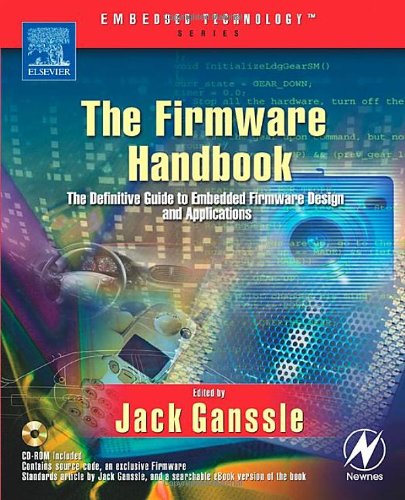by UBI# at the beginning of the file. Ambarella A7/A9 firmware pack tool; allows extracting partitions from the firmware, or merging them back.
A section is also dedicated https://tjara.com/easy-ways-to-verify-the-authenticity-of-your/ to those cases in which our firmware may include more data than desired, which may alter the results of subsequent tests. Finally, metrics, tools and techniques that allow us to identify sections, formats and signatures within a firmware for later extraction are listed. File formats and file systems use a series of bytes as identifiers, usually called “magic numbers” or signatures. During firmware analysis it is especially useful to identify signatures of known file types, for which multiple tools are available.
- In this tutorial, you will learn how to use static analysis to check for backdoors in the OpenWRT firmware binary.
- 3) Finally, follow the on-screen instructions to install it.
- the change if successful.
- You successfully flashed MicroPython firmware on your boards using Mu Editor.
But if we write our own program to access GPIO Pins, the existing firmware will be completely erased and the new program will be written on the ESP8266. You may have to install pySerial manually by running something like pip install pyserial, easy_install pyserial or apt-get install python-serial, depending on your platform. First you will need a serial terminal program that connects to Tasmota console over the serial connection you used to flash it. When it connects to the network, you may get a warning that there is no Internet connection and be prompted to connect to a different network. Do not allow the mobile device to select a different network. For proper device initialization after the firmware upload completes, power down and power up the device. Is specifically designed for use with Tasmota with an easy to use GUI and esptool.py under the hood.

You may then root your device by flashing the modified boot image file with the Fastboot command. Extracting the Boot.img file is time-consuming and requires some effort.
Now you can continue to follow 1.1 Configuring the ESP8266 to set the working mode and baud rate of the ESP8266 module. Put the custom build firmware file and esp_init_data_default.bin (extract from SDK zip) to current folder. It’s been a while since I connected my ESP8266 board to a ZPUino soft processor running in a XuLA2 board. I thought I would update the firmware on the ESP8266 to the latest version and see if it still worked. If your screen is empty type status in the bottom command bar and hit enter. If you get a return message from your device similar to the one displayed under purple status you’re all set.
